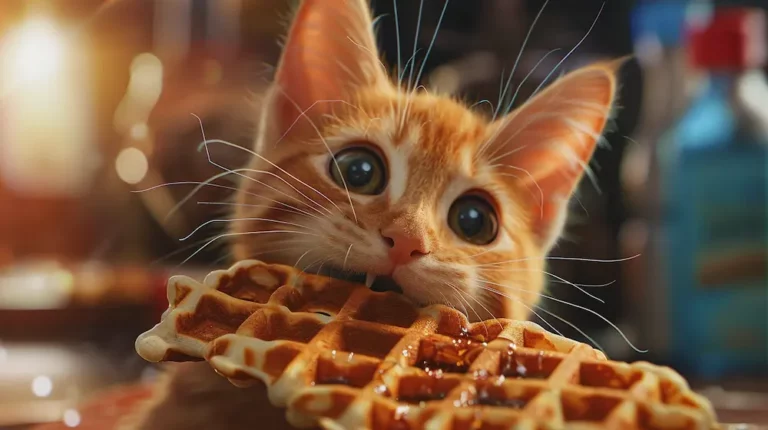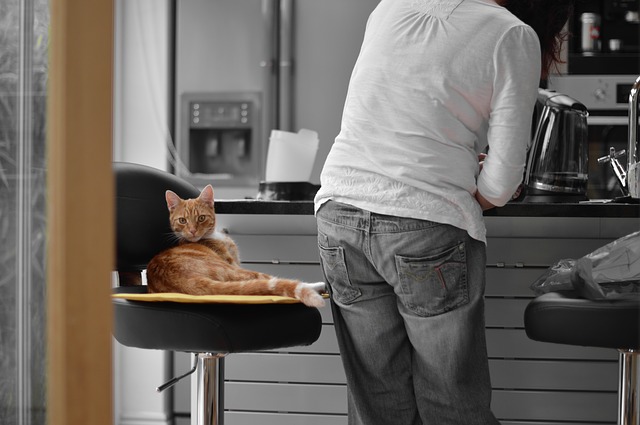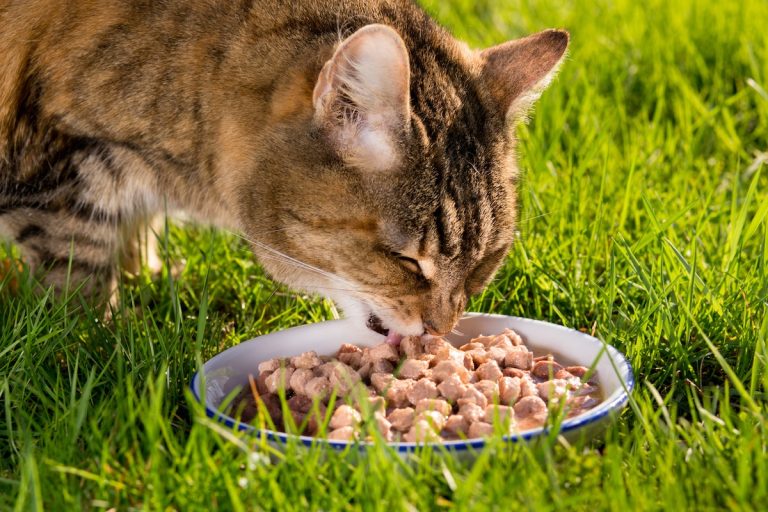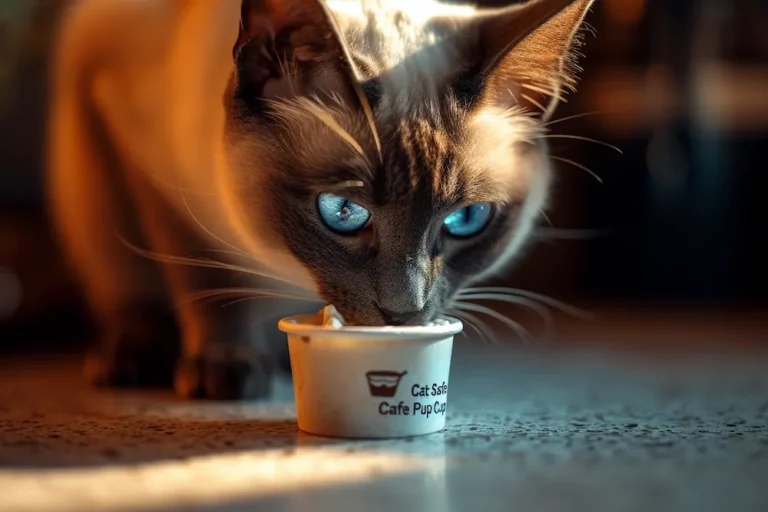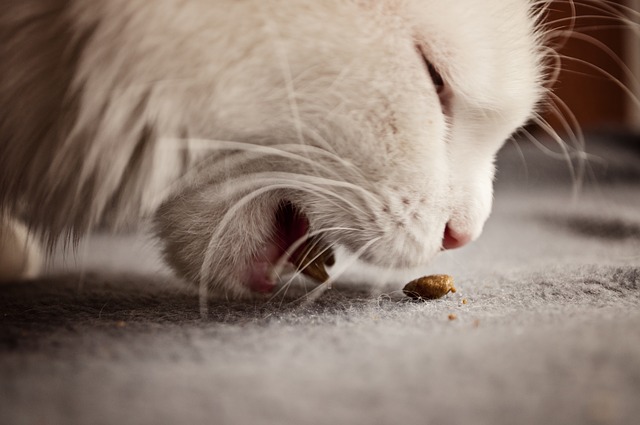Grain-Free vs. Grain-Inclusive Wet Cat Food
The debate between grain-free and grain-inclusive
Cats have unique dietary needs that vary with age, making it essential to understand how to choose wet food that aligns with their specific life stage.
This article will explore the nutritional requirements of cats, the differences between grain-free and grain-inclusive diets, and how to select the best wet food based on your
Understanding Cat Nutrition
Understanding the nutritional needs of cats is fundamental for selecting appropriate wet food. Cats are obligate carnivores, meaning their diet must be rich in proteins and fats while being low in carbohydrates. Additionally, moisture content is particularly important in wet
What Do Cats Need in Their Diet?
Feline nutrition is fundamentally different from that of other pets, primarily due to cats being obligate carnivores. Their diet must be high in protein, moderate in fat, and low in carbohydrates.
Essential amino acids like taurine are vital for heart health and vision, while fatty acids support skin and coat health. Cats also require certain vitamins and minerals for optimal functioning.
Notably, moisture plays a crucial role; wet
Why Wet Cat Food?
Wet
Additionally, many cats prefer the taste and texture of wet food, making it easier to entice picky eaters. The soft consistency can also be beneficial for older cats with dental issues or those recovering from illness.
Furthermore, wet food often contains fewer carbohydrates than dry kibble, aligning more closely with a
Grain-Free Wet Cat Food

Grain-free wet
What is Grain-Free Cat Food?
Grain-free
While grain-free options can be beneficial for some cats—particularly those with grain sensitivities or allergies—they are not universally superior. It’s essential to review individual products for their overall nutritional balance rather than relying solely on the grain-free label.
The Origins of the Grain-Free Trend
The rise in popularity of grain-free diets can be traced back to trends in human nutrition advocating low-carb diets. Pet owners began seeking similar options for their pets, believing that avoiding grains would lead to better health outcomes.
However, marketing has often blurred the lines between genuine health benefits and consumer perceptions. While grain-free diets may suit certain cats with specific dietary needs, they are not inherently healthier for all felines.
It’s important for pet owners to critically evaluate claims made by manufacturers regarding the advantages of grain-free foods.
Is Grain-Free Always Better for Cats?
While grain-free diets can offer advantages for some cats—especially those with documented allergies—this does not mean they are universally better. Many grain-free foods can have high carbohydrate levels due to alternative ingredients used as fillers.
Additionally, misconceptions about grain-free diets leading to superior health outcomes can mislead pet owners. Evaluating individual dietary needs and consulting with a veterinarian is crucial in determining whether a grain-free diet is appropriate for your
Grain-Inclusive Wet Cat Food
Grain-inclusive wet
What is Grain-Inclusive Cat Food?
Grain-inclusive
While some pet owners may view grains as mere fillers, they can offer valuable nutrients when included in moderation. Understanding the types of grains used and their nutritional contributions can help pet owners make informed choices about their
The Role of Grains in Cat Food
Grains play a significant role in providing energy and fiber in feline diets. They can help maintain digestive health by promoting regular bowel movements due to their fiber content.
Moreover, grains can contribute essential vitamins and minerals necessary for overall health. For cats without known sensitivities or allergies to grains, including these ingredients can create a balanced diet that supports their energy needs throughout various life stages.
Health Benefits of Grain-Inclusive Wet Cat Food
Grain-inclusive wet
Additionally, these diets may support digestive health by ensuring regularity in stool formation due to fiber content from grains. For many cats without specific dietary restrictions, grain-inclusive options may represent a cost-effective way to ensure complete nutrition without compromising on quality.
Grain-Inclusive vs Grain-Free: Comparing the Two Diets
When deciding between grain-free and grain-inclusive diets, it’s important to compare their nutritional profiles and other factors such as cost and specific health conditions.
Nutritional Differences
When comparing grain-free and grain-inclusive diets, there are key nutritional differences worth noting. Grain-free options often boast higher protein levels but may also contain higher carbohydrate counts from non-grain sources like potatoes or lentils. In contrast, grain-inclusive diets typically offer a more balanced nutrient profile with adequate carbohydrates that provide sustained energy while supporting digestive health through fiber content.
Price Comparison
Price differences between grain-free and grain-inclusive foods can be significant due to ingredient sourcing and production costs. Generally speaking, grain-free options tend to be more expensive because they often contain higher-quality proteins and specialized ingredients aimed at meeting specific dietary needs. However, pet owners should consider value for money—ensuring that whichever option they choose meets their
Cat Health
The best choice between grain-free and grain-inclusive diets largely depends on individual conditions such as allergies or sensitivities. For cats with diagnosed allergies or gastrointestinal issues, a well-formulated grain-free diet may provide relief while supporting digestive health through higher protein intake. Conversely, cats without such issues might benefit from the balanced nutrition offered by grain-inclusive foods.
Taste and Palatability
Taste preferences among cats can vary widely between grain-free and grain-inclusive wet foods due to differences in texture and flavor profiles. Many cats may prefer the richer flavors found in meat-based recipes typical of both types of food; however, transitioning between these diets should be done gradually to avoid digestive upset.
Choosing the Right Food for Your Cat
Selecting the right food involves understanding labels, considering transitions carefully, and seeking professional advice when needed.
How to Read Cat Food Labels
Understanding how to read
What to Consider When Switching Cat Foods
Transitioning your
Consulting with a Veterinarian
Consulting with a veterinarian is crucial when making dietary changes for your
Frequently Asked Questions
Is Grain-Free Wet Cat Food Healthier Than Grain-Inclusive?
Grain-free wet
How Do I Know If My Cat Has A Grain Allergy?
Signs of a grain allergy in cats include skin irritations, excessive scratching, gastrointestinal upset, or vomiting after eating. If you suspect an allergy, consult your veterinarian for appropriate testing and dietary recommendations.
Can Grain-Free Cat Food Cause Heart Problems?
Some studies suggest a potential link between grain-free diets and canine dilated cardiomyopathy (DCM), primarily in dogs. While evidence in cats is limited, it’s essential to monitor your
Should Older Cats Eat Grain-Free Or Grain-Inclusive Wet Food?
Older cats may benefit from grain-inclusive wet food, which often provides balanced nutrition and easier digestion. However, if your senior
How Can I Tell If A Wet Cat Food Is Balanced And Complete?
Look for wet
What Are The Signs That My Cat ’s Food Isn’t Working For Them?
Signs that your
How Often Should I Switch Between Grain-Free And Grain-Inclusive Foods?
Switching between grain-free and grain-inclusive foods should be done gradually over 7-10 days to avoid digestive upset. Regularly assess your
Final Thoughts
In conclusion, choosing between grain-free and grain-inclusive wet foods involves understanding your

